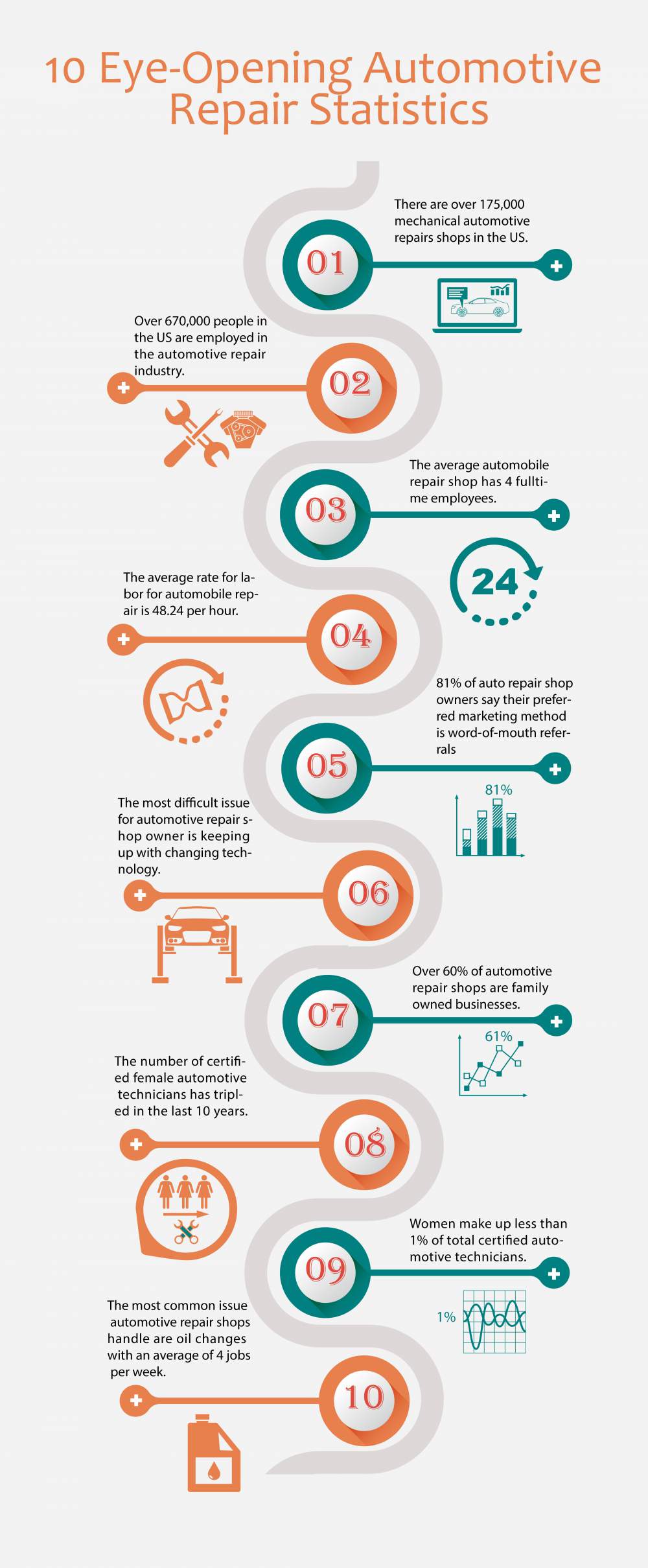Translating Your Car'S Caution Indicators: What They Absolutely Indicate
Translating Your Car'S Caution Indicators: What They Absolutely Indicate
Blog Article
https://caidenjeysr.anchor-blog.com/11496338/seeking-clearness-on-the-warning-lights-showed-on-your-vehicle-s-control-panel-find-out-how-they-relate-to-your-automobile-s-health-and-safety Develop By-Termansen Gilbert
When you're behind the wheel, those glowing caution lights on your control panel can be a bit bewildering. Do you recognize what they're trying to inform you regarding your vehicle's health and wellness? Recognizing the significance of these lights is crucial for your safety and security and the longevity of your vehicle. So, the following time among those lights pops up, would not you want to analyze its message accurately and take the needed actions to address it?
Common Warning Lighting and Interpretations
Determine usual warning lights in your automobile and recognize their significances to ensure risk-free driving.
The most typical caution lights consist of the check engine light, which indicates issues with the engine or exhausts system. If this light begins, it's important to have your car inspected without delay.
The oil pressure alerting light indicates reduced oil pressure, requiring prompt focus to stop engine damage.
A flashing battery light could recommend a damaged billing system, potentially leaving you stranded if not dealt with.
The tire pressure surveillance system (TPMS) light signals you to reduced tire stress, influencing car stability and gas efficiency. Disregarding this might cause risky driving conditions.
The abdominal light suggests an issue with the anti-lock braking system, jeopardizing your capability to stop rapidly in emergencies.
Finally, the coolant temperature warning light warns of engine overheating, which can lead to serious damages if not settled swiftly.
Understanding these typical warning lights will certainly help you attend to concerns immediately and maintain risk-free driving conditions.
Significance of Prompt Interest
Understanding the usual warning lights in your auto is only the initial step; the value of promptly resolving these warnings can not be highlighted sufficient to guarantee your safety and security when traveling.
When a warning light illuminates on your control panel, it's your auto's method of connecting a potential concern that needs interest. Ignoring these warnings can cause much more extreme issues down the road, jeopardizing your safety and potentially costing you more out of commission.
look at these guys to cautioning lights can prevent failures and crashes. For instance, a flashing check engine light could suggest a misfire that, if left unattended, might cause damages to the catalytic converter. Resolving this without delay can conserve you from a costly repair work.
In a similar way, a brake system warning light might signal reduced brake fluid or worn brake pads, important parts for your safety and security when driving.
DIY Troubleshooting Tips
If you see a caution light on your dashboard, there are a few do it yourself troubleshooting pointers you can try prior to seeking professional aid.
The very first step is to consult your auto's handbook to recognize what the specific caution light suggests. Sometimes the concern can be as easy as a loose gas cap setting off the check engine light. Tightening the gas cap might fix the issue.
One more common problem is a low battery, which can set off numerous warning lights. Examining the battery connections for rust and guaranteeing they're protected might deal with the issue.
If a warning light persists, you can try resetting it by disconnecting the vehicle's battery for a couple of minutes and after that reconnecting it. In addition, inspecting your car's fluid levels, such as oil, coolant, and brake fluid, can aid repair cautioning lights connected to these systems.
Conclusion
To conclude, comprehending your cars and truck's caution lights is important for maintaining your vehicle running smoothly and safely. By promptly dealing with these signals and recognizing what they mean, you can prevent costly repairs and possible break downs.
Remember to consult your automobile's manual for specific details on each cautioning light and take action as necessary to make certain a hassle-free driving experience.
Remain notified, remain risk-free when driving!
